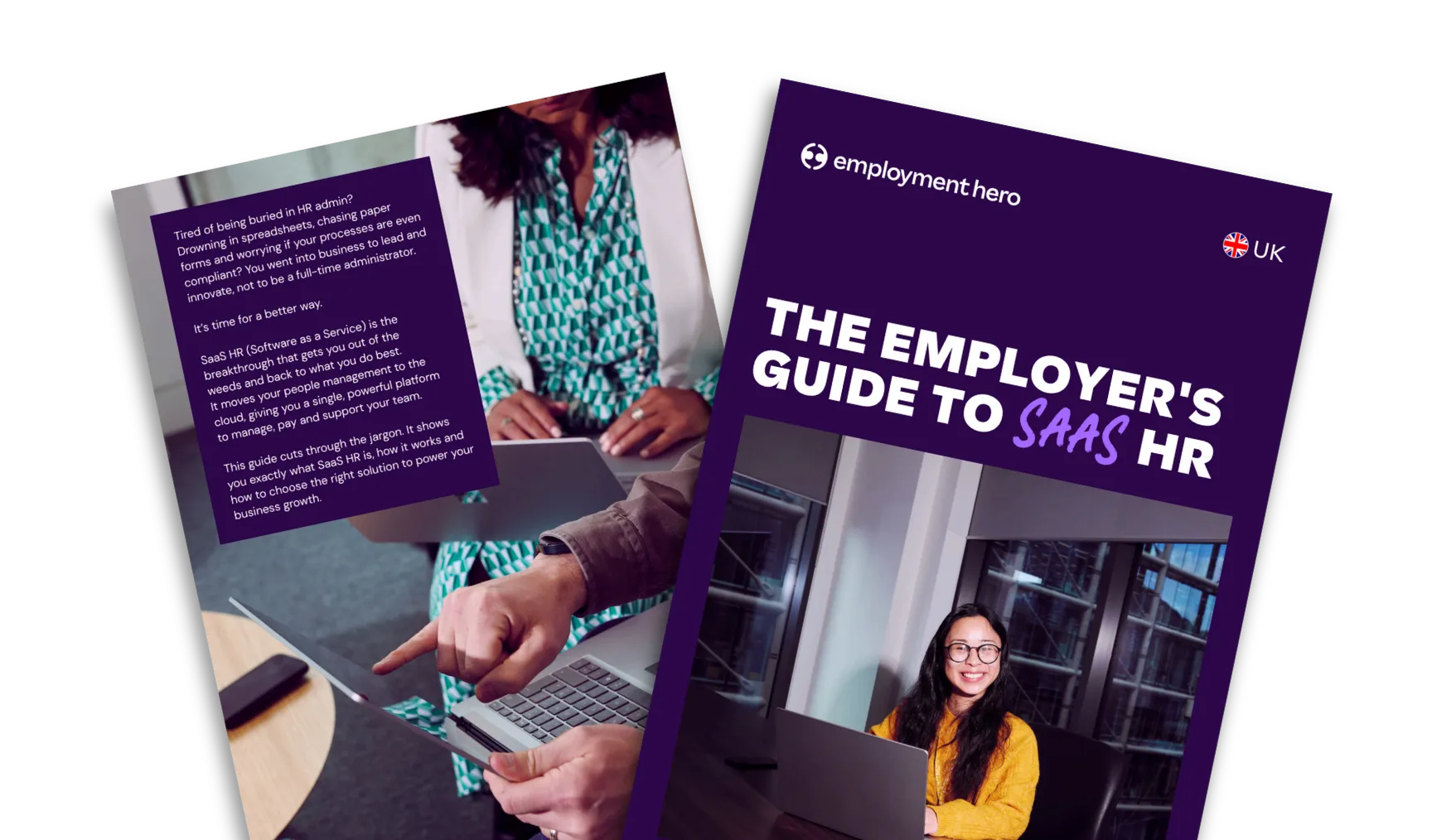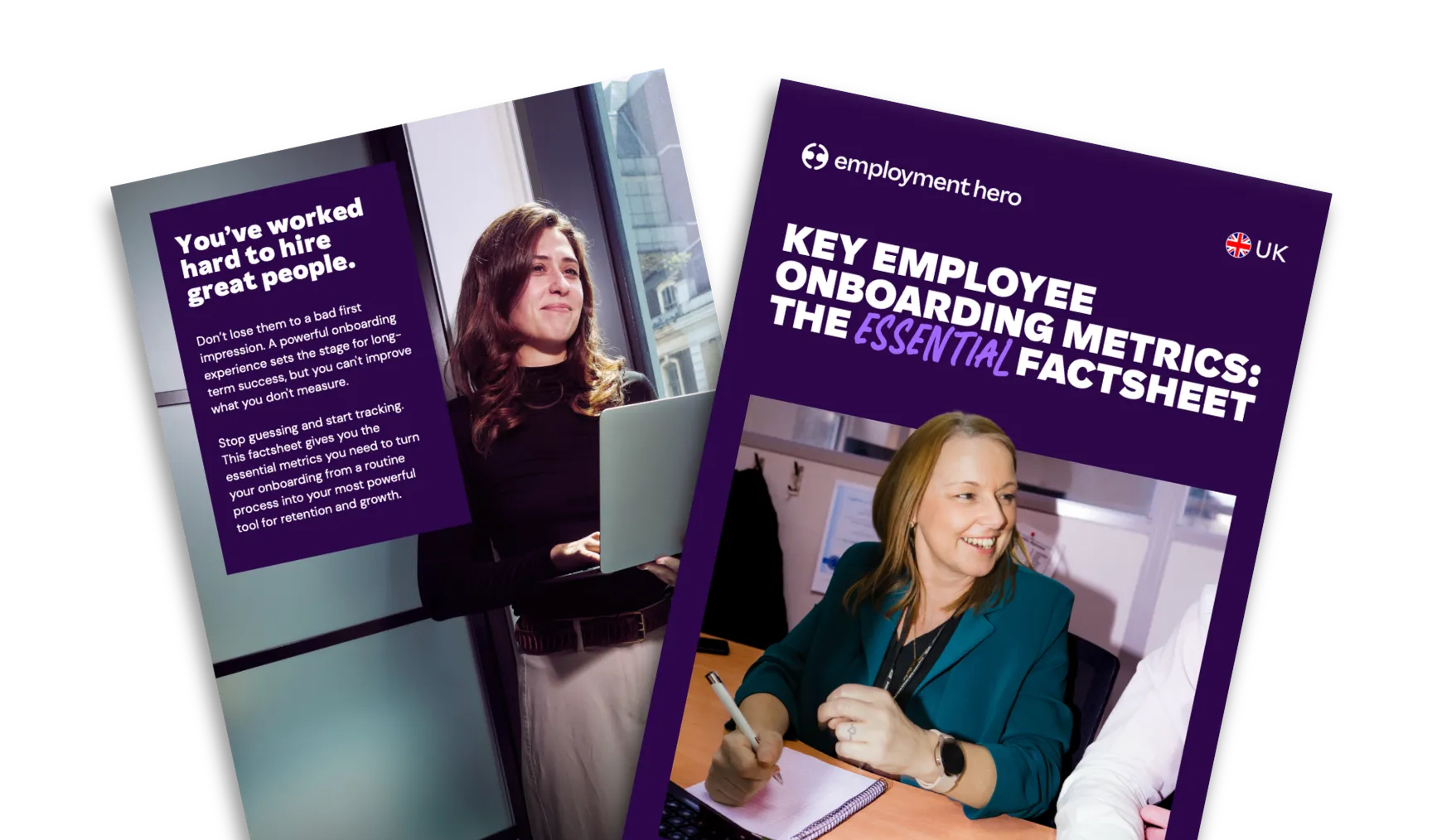Parental bereavement leave: A guide for UK employers
Published
Parental bereavement leave: A guide for UK employers
Published
Grief in the workplace is something employers hope they never have to face, but for some of your employees it may become a devastating reality. The loss of a child changes everything and how you respond as an employer in those first few days, weeks and months can have a lasting impact on both the individual and the wider team.
Parental bereavement leave isn’t just a legal entitlement, it’s also a chance for employers to show compassion, humanity and leadership in the most difficult of circumstances. Employees experiencing such a loss are not only dealing with overwhelming emotions but may also be navigating hospital arrangements, funeral planning and ongoing family responsibilities.
Here we’ll give you a complete understanding of parental bereavement leave in the UK, including statutory rights, employer responsibilities and ways to support your staff with empathy and care. And will also dive into why having a bereavement policy is essential for both compliance and workplace culture.
What is parental bereavement leave?
Parental bereavement leave is a statutory right that allows eligible employees to take time off work following the death of a child. The legislation covered under the Parental Bereavement (Leave and Pay) Act 2018, which came into effect in April 2020.
The law applies if an employee’s child dies under the age of 18, or if a baby is stillborn after 24 weeks of pregnancy. It’s sometimes known as ‘Jack’s Law’, introduced after a campaign by Lucy Herd following the death of her son Jack, to ensure parents are given time to grieve.
This entitlement applies regardless of how long the employee has worked for the business, making it a day-one employment right. Both mothers and fathers, as well as adoptive parents and those who have parental responsibility are eligible. This includes intended parents in surrogacy arrangements, provided they meet the legal requirements for parental responsibility.
How long is bereavement leave for parents?
Eligible employees are entitled to up to two weeks of parental bereavement leave which can be taken in one block of two weeks, or in two separate blocks of one week each. Employees must take the leave within 56 weeks of the child’s death or stillbirth, giving them flexibility to use the time when it’s most needed.
This structure allows grieving parents to decide how they want to use the leave. Some may take it all immediately while others may spread it across important milestones such as the funeral, anniversaries or other personal moments of significance.
As an employer you should not pressure your employees into taking leave in a particular way. The choice rests solely with the employee and supporting their choice can make a significant difference to their recovery and wellbeing.
Compliance requirements for employers
Understanding the statutory obligations around parental bereavement leave is crucial for compliance and employers must balance legal requirements with compassion and flexibility. Here is a list of the eligibility requirements, entitlements, documents and statutory obligations.
Eligibility requirements
- Employees are entitled to leave from the first day of employment if their child dies under the age of 18 or is stillborn after 24 weeks. This entitlement also extends to the death of a baby who only lives for a short time after the birth (during any stage of pregnancy) and abortions after 24 weeks (in limited circumstances).
- Both biological and adoptive parents are covered, as well as those with parental responsibility. This also includes foster parents, intended parents (legal parents through surrogacy) or others who have taken on day-to-day care in a parental role.
Pay entitlement
- Statutory Parental Bereavement Pay (SPBP) is available to employees with at least 26 weeks continuous service by the week before the child’s death.
- They must also have earned at least the lower earnings limit (currently an average of at least £125 per week (before tax)) in the eight weeks before the week of death.
- Payment is at the statutory rate set by the government of £187.18 per week or 90% of the employee’s average weekly earnings if lower.
You may also offer enhanced pay as part of your bereavement policy. Doing so can demonstrate strong commitment to employee wellbeing and may reduce the risk of financial stress during a time of grief.
*Rates correct as of the 3rd of October 2025.
Documentation
Employers can request minimal information in writing to confirm entitlement. This may include the date of the child’s death and when the employee wishes to take their leave. Businesses should avoid demanding unnecessary evidence such as death certificates; doing so may have a significant negative impact and increase emotional distress for your employee.
Statutory obligations
Employers must not refuse or delay statutory leave and pay. Any attempt to deny an employee their right to parental bereavement leave could lead to legal consequences. Dismissing or treating an employee unfairly because they have requested bereavement leave is unlawful and may result in claims of unfair dismissal or discrimination.
Process during bereavement leave
Managing bereavement leave requires a careful balance of legal compliance and compassion. As an employer you should take proactive steps to ensure the process runs smoothly.
- Payroll: Ensure that Statutory Parental Bereavement Pay is processed accurately. Automating payments through payroll software can help minimise the risk of mistakes.
- Paperwork: Keep procedures simple and supportive. Avoid overwhelming employees with detailed forms or repeated requests.
- Communication: Maintain regular but flexible contact. Some employees may want updates about their work, while others may prefer no contact until they are ready to return.
If an employee’s child dies
When a child under 18 dies, employees are entitled to take up to two weeks of bereavement leave. Employers should respond quickly with clear information about rights and pay. It is important to reassure the employee that their role is secure and that they will not be disadvantaged for taking time off.
Best practice on how to handle this circumstance:
- Provide the employee with written confirmation of their entitlement as quickly as possible.
- Avoid unnecessary paperwork: only request the minimum details (date of death, intended leave dates).
- Offer additional support such as flexible working, compassionate leave or Employee Assistance Programmes (EAP).
- Ensure the employee is not pressured to return before they are ready.
In cases of stillbirth or miscarriage
In the case of a stillbirth (after 24 weeks of pregnancy)
A stillbirth is legally defined as the birth of a baby showing no signs of life after 24 completed weeks of pregnancy. Parents are entitled to the same statutory rights as if the baby had been born alive.
Parents are entitled to maternity or paternity leave and pay, as well as parental bereavement leave. This means both entitlements can be combined, giving families more time to recover.
Best practice on how to handle this circumstance:
- Handle communication with great sensitivity—this is a deeply complex situation involving both loss and statutory entitlements.
- Clarify to the employee that they do not have to return to work immediately and can combine maternity/paternity leave with bereavement leave.
- Offer options for how and when they would like to communicate about their return to work.
- Signpost to support services and consider long-term adjustments if needed.
In the case of a miscarriage (before 24 weeks of pregnancy)
Miscarriage is legally defined as the spontaneous loss of a pregnancy before 24 completed weeks of gestation.
The law does not provide for parental bereavement leave in these circumstances. However, employees may be entitled to sick leave, holiday leave, or compassionate leave at the discretion of the employer.
Best practice on how to handle this circumstance:
- Treat miscarriage with the same compassion as other forms of loss.
- Consider offering discretionary compassionate leave, even if not legally required, to give the employee time to recover.
- Ensure sick leave is recorded appropriately and paid in line with company policy or Statutory Sick Pay (SSP).
- Train managers to respond with empathy and avoid minimising the impact of miscarriage.
How can employers support grieving staff?
While meeting statutory obligations is essential, offering meaningful support goes much further in building trust and loyalty.
Compassionate communication
Managers should be trained on how to have sensitive conversations. Listening is often more valuable than speaking. Avoid clichés or assumptions about how someone “should” grieve. Instead, allow employees to explain what they need and respect their wishes.
Phased return to work
Grief does not end after two weeks. Some employees may want to return gradually, starting with reduced hours or lighter duties. Offering flexibility in the early stages can prevent burnout and reduce the risk of further absence.
Employee Assistance Programmes (EAP)
Providing access to professional counselling services can make a big difference. An EAP can help employees work through their grief and may reduce the longer-term impact on their wellbeing. Employers should promote these services clearly so that staff know where to turn.
Practical flexibility
Grieving parents may face ongoing challenges, such as hospital appointments, memorial services, or anniversaries. Employers can support them by allowing further unpaid leave, flexible hours, or remote work where possible.
Building a culture of support
Employees often remember how they were treated during difficult times. A compassionate response can strengthen workplace culture and improve retention. A rigid or unsympathetic response, on the other hand, can damage morale across the business.
Why businesses should have a bereavement policy
Many organisations overlook bereavement leave until a case arises. By then, it is often too late to prepare. Having a formal parental bereavement policy in place avoids confusion and ensures managers know exactly how to respond.
Key benefits include:
- Clarity: Employees understand their rights and entitlements without having to ask during a distressing time.
- Consistency: Managers follow the same procedures, reducing the risk of unfair treatment.
- Sensitivity: Policies can acknowledge cultural and religious differences in grieving, showing respect for a diverse workforce.
- Reputation: Demonstrating compassion can enhance your employer brand, making it easier to attract and retain talent.
Your policy should also explain the difference between statutory entitlements and any enhanced benefits your company provides. If you choose to go beyond the minimum, make this clear so employees know what support they can expect.
Employment Hero’s HR advisory services can help businesses create tailored policies that balance legal compliance with compassion.
Download the full guide
Parental bereavement leave is not only a legal requirement but also an important part of supporting your staff during times of unimaginable loss. By understanding your obligations and adopting best practices, you can create a workplace culture that balances compliance with compassion.
For a deeper dive into policies, processes, and support strategies, download our Parents at Work guide today.
To download the guide, we just need a few quick details.
Related Resources
-
 Read more: Onboarding Automation: Redefine Your Process With AI
Read more: Onboarding Automation: Redefine Your Process With AIOnboarding Automation: Redefine Your Process With AI
Discover how AI-powered onboarding automation can transform your employee onboarding process. Learn the benefits, challenges and key tasks to automate.
-
 Read more: What is SaaS HR? A comprehensive guide
Read more: What is SaaS HR? A comprehensive guideWhat is SaaS HR? A comprehensive guide
Learn what SaaS HR means, how it works, and why UK employers are switching to cloud-based HR software to streamline…
-
 Read more: Key Employee Onboarding Metrics and KPIs to Track
Read more: Key Employee Onboarding Metrics and KPIs to TrackKey Employee Onboarding Metrics and KPIs to Track
Discover the top onboarding metrics and KPIs every UK employer should track, and how to measure the success of your…



















